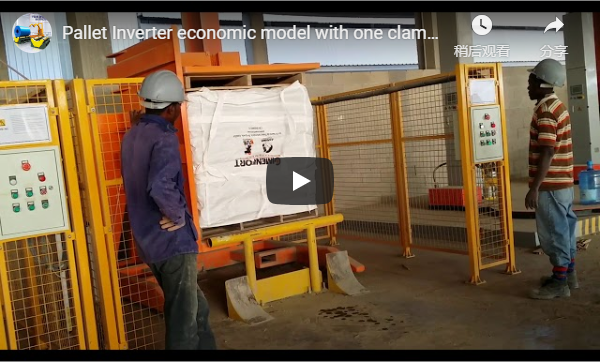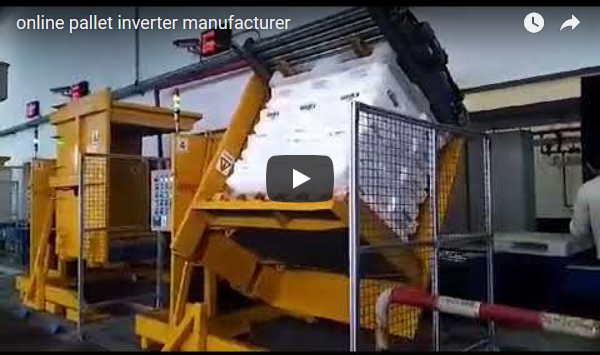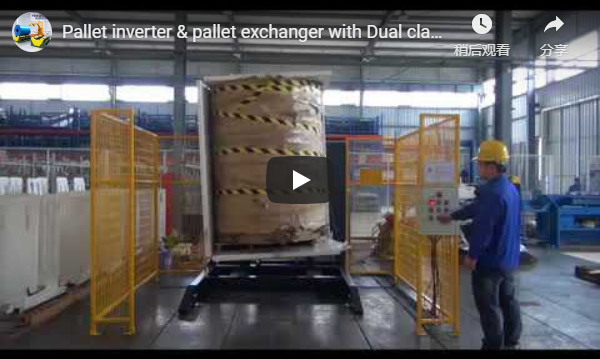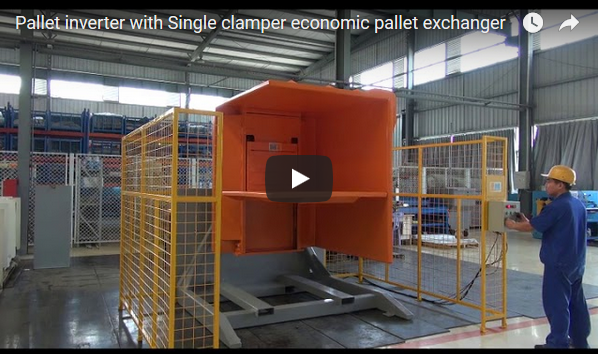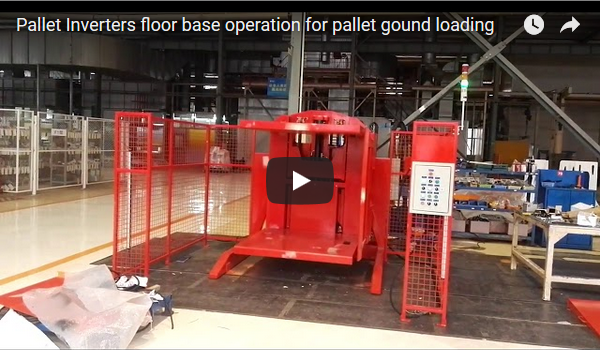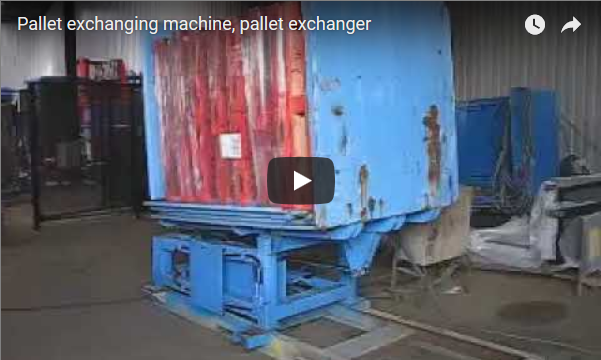Optimizing Material Flow: The Pushing Type Pallet Changer Explained
In modern logistics and manufacturing environments, efficiency, safety, and hygiene are paramount. Automated solutions are increasingly crucial for maintaining competitiveness and adhering to stringent industry standards. Fhope's pallet load changer and associated load transfer stations represent a significant advancement in automated pallet handling, specifically designed to streamline operations by automating pallet exchange processes. This technology, particularly the Pushing Type Pallet Changer, addresses key challenges in warehousing, distribution, and production line integration.
Mechanism and Operational Principle
The Pushing Type Pallet Changer operates on a principle of gentle, horizontal load transfer. Unlike systems that require tilting or clamping, this design utilizes a precisely controlled hydraulic or electromechanical pushing mechanism to slide the entire load smoothly from the source pallet onto the destination pallet.
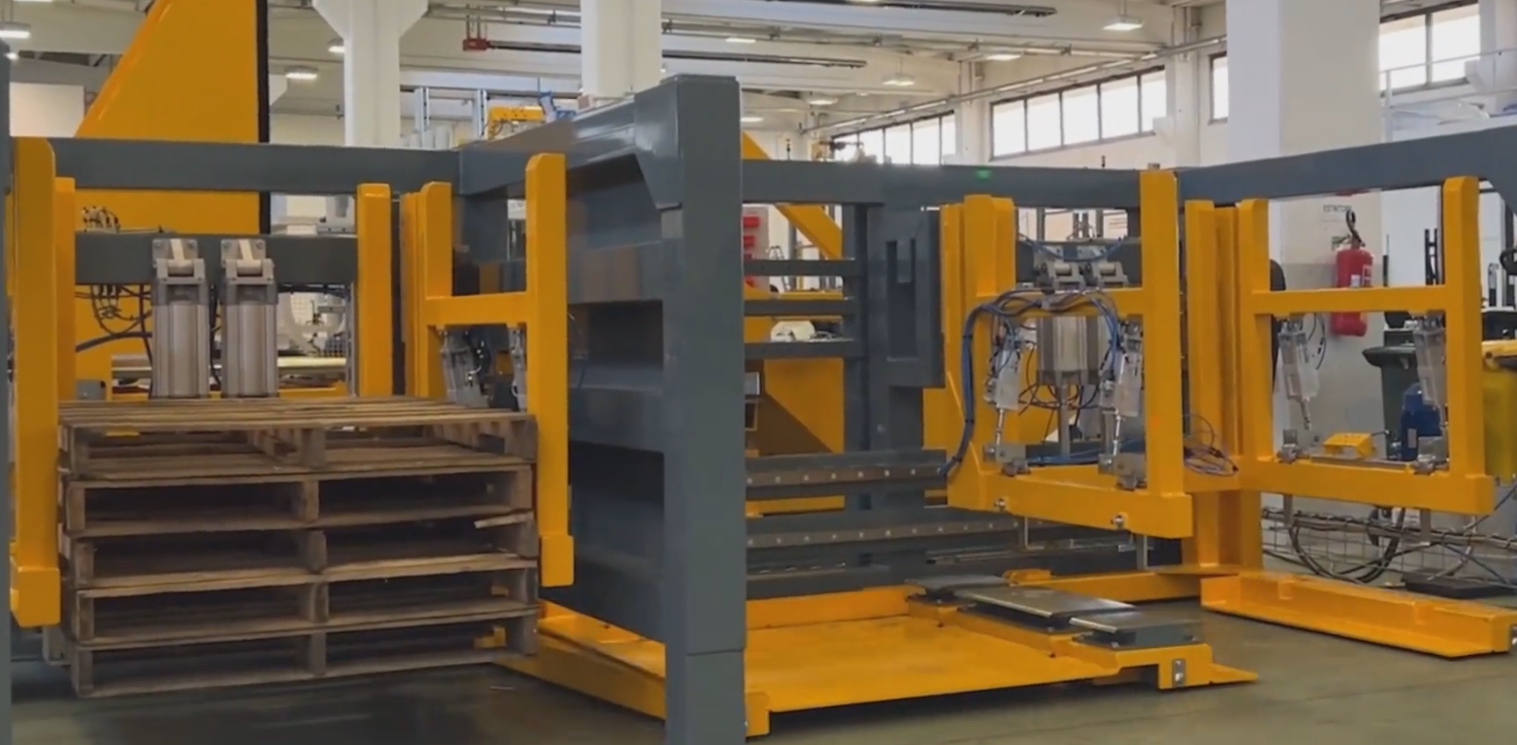
- Load Stabilisation: Side walls or pressure plates often engage during the transfer cycle to ensure load integrity, preventing shifting or collapse, especially crucial for unstable or multi-layered goods.
- Horizontal Transfer: The core innovation lies in the direct push action, minimizing vertical movement and associated risks of product damage. Research published in material handling journals often highlights the benefits of horizontal transfer for reducing shear stress on packaged goods compared to inversion methods.
- Automated Cycle: Modern units feature PLC (Programmable Logic Controller) based systems, allowing for seamless integration into automated conveyor lines or operation via simple HMI (Human-Machine Interface) panels. Cycle times are optimized for high throughput, often completing a pallet exchange in under 30 seconds, a figure substantiated by numerous operational efficiency studies in the logistics sector.
Technical Specifications Overview
Note: The parameters listed below provide a general overview. Specific configurations may vary based on application requirements. Please contact Fhopepack for detailed specifications tailored to your needs.
- Machine Type: Hydraulic/Electromechanical Pushing Pallet Changer
- Typical Load Capacity: 1500 kg - 2500 kg (Higher capacities available)
- Compatible Pallet Dimensions: Standard Euro, CHEP, GMA; Custom sizes accommodated
- Pallet Material Compatibility: Wood, Plastic, Metal, Presswood
- Average Cycle Time: 20-30 seconds (dependent on load and configuration)
- Control System: PLC Control with HMI; Options for full automation integration (WMS, Conveyor Systems)
- Power Requirements: Typically 400V/3Ph/50Hz (adaptable)
- Push Mechanism: Precision-guided hydraulic ram or electromechanical actuator
- Safety Features: Integrated light curtains, pressure sensors, physical guarding, emergency stop circuits (Compliant with EN ISO 13849-1)
- Construction: Robust steel frame, industrial-grade components
- Operating Noise Level: Generally below 70 dB
- Compliance Standards: CE Marking, ISO 9001 manufacturing standards
Key Advantages and Industrial Impact
The adoption of Pushing Type Pallet Changers offers quantifiable benefits, aligning with goals frequently discussed in publications like MM MaschinenMarkt regarding operational excellence:
- Enhanced Throughput: Automating the pallet exchange significantly reduces manual handling time, boosting overall line efficiency and warehouse throughput. Time-motion studies often show a reduction in handling time by over 70% compared to manual methods.
- Reduced Product Damage: The gentle horizontal push action minimizes the risk of damage associated with tilting or dropping loads, directly impacting bottom-line profitability by reducing waste.
- Improved Ergonomics and Safety: Eliminates strenuous manual lifting and repalletizing tasks, reducing the risk of musculoskeletal injuries and improving workplace safety standards (OSHA/EU-OSHA compliance).
- Hygiene Control: Essential in industries like food, beverage, and pharmaceuticals. Enables easy transfer from wooden pallets (often restricted) to hygienic plastic or metal pallets for cleanroom or production area entry, supporting HACCP and GMP guidelines. Patents often exist for specific hygienic designs and cleaning accessibility features in such equipment.
- Operational Flexibility: Handles a wide variety of load types and sizes. Can be integrated seamlessly with existing material handling systems like conveyors, AGVs (Automated Guided Vehicles), and robotic cells.
- Cost Reduction: Lower labor costs, reduced product damage, and minimized operational downtime contribute to a significant return on investment (ROI), often realized within 1-2 years, according to industry case studies.
Strategic Applications Across Industries
The versatility of the Pushing Type Pallet Changer makes it suitable for diverse industrial applications:
- Warehousing & Distribution Centers: Indispensable for transferring incoming goods onto house pallets, switching pallets for specific storage systems (e.g., high-bay racking), or preparing outbound shipments on customer-specified pallets. Optimizes cross-docking operations.
- Food & Beverage Manufacturing: Critical for transferring raw ingredients or finished goods between wood (receiving/shipping) and plastic/hygienic pallets (production/storage) to meet stringent food safety regulations.
- Pharmaceutical & Chemical Production: Ensures compliance with cleanroom protocols and prevents contamination by facilitating transfer to sanitized pallets. Safely handles valuable or sensitive materials without compromising integrity. The ability to handle loads on spill containment pallets is also a key feature cited in chemical industry safety reports.
- Retail Supply Chain: Facilitates rapid repalletization for store-specific deliveries or managing different pallet pools within the supply chain, enhancing logistical responsiveness.
- General Manufacturing: Integrates into end-of-line packaging systems, transferring finished products onto shipping pallets efficiently and safely.
For inquiries about specific applications or custom configurations, please contact us.
info@fhopepack.com

